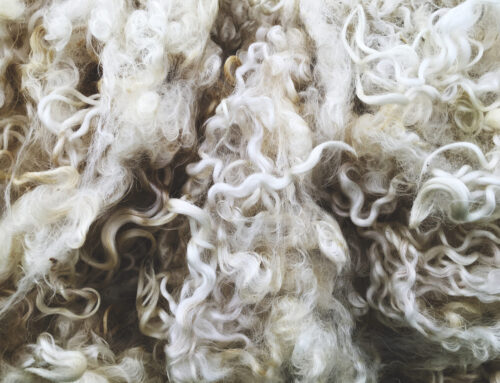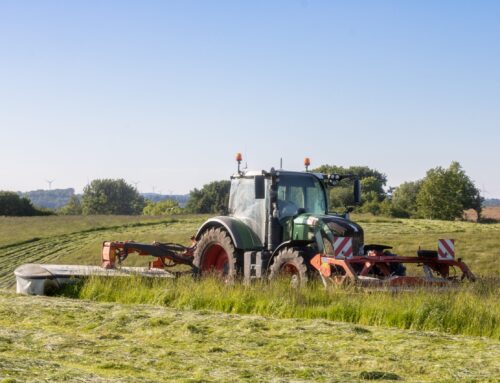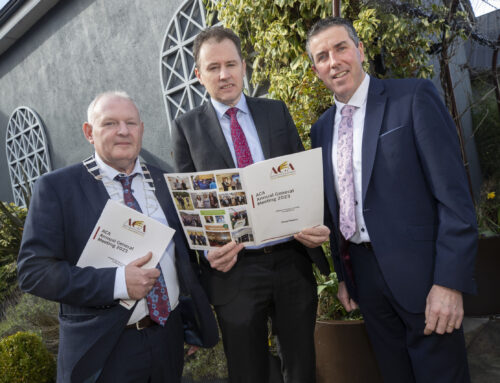In March 2022, Ireland secured an extension of the Nitrates Derogation to cover the period 2022 to 2025 on the basis that it would have no negative impacts on water quality. Across the European Union, Ireland – along with the Netherlands, Denmark and the Flanders region of Belgium, are the only member states in which a Nitrates Derogation is operated. As the Nitrates Action Programme has undergone a number of changes we speak with Mary Gurrie, Programme Manager, EPA and Joe Patton, Head of Dairy Knowledge Transfer Department at Teagasc about the Nitrates changes and water quality trends.
Background
The Nitrates Action Programme in Ireland is designed to prevent pollution of surface waters and groundwater from agricultural sources and to protect and improve water quality. The Nitrates Derogation, the means by which some Irish farmers can surpass a 170kg/ha limit of organic nitrogen on their grassland area, will be reviewed in 2023. Speaking on the matter, Minister McConalogue said: “The Nitrates Derogation provides farmers with an opportunity to farm at higher stocking rates without compromising our water quality. The Nitrates Derogation is subject to certain strict conditions designed to protect the environment and meet the requirements of the Nitrates Directive.”
The focus on conditionality and the EPA’s assessment of the quality of Ireland’s rivers, lakes, estuaries and groundwaters will determine Ireland’s position within that framework. The Water Quality in Ireland 2016 – 2021 report carried out by the EPA assessing our surface waters, concluded that 46% of these waters are in unsatisfactory condition.
Mary Gurrie said: “Improvements and declines are happening in all catchments and the EPA is currently assessing the reasons for the improvements and declines. The EPA highlighted that nitrate levels in rivers and groundwaters in the south and south east of the country are too high and that concentrations have been increasing in recent years, primarily as a result of agricultural activities. Our most recent water quality assessment found there had been significant declines in the quality of our estuaries and coastal waters, primarily along the southern and southeastern sea-board as a consequence of these elevated nitrate concentrations.”
The increased level of nitrates in the south and east of the country can be attributed to an increased use of chemical nitrogen use by 30,000-40,000t on the previous review completed in 2017, while the national dairy herd climbed by 12% over this period with an increased concentration of cows in the south and east of the country.
Changes
Having said all that there are changes coming as part of the Nitrates Action Programme. Slurry spreading methods are changing with low emission slurry spreading (LESS) becoming compulsory for an expanding number of farmers. From this year, it applies to everyone with a grassland stocking rate of 150kg N/ha or above.
Banding of nitrogen excretion rates for dairy cows will also occur with most farmers being assigned to 92kg of N/head/year. The banding category for each herd will depend on either the herd’s average milk yield on a rolling three-year average basis or for the previous year, which will be obtainable from dairy co-op data.
It is now also mandatory that all farmers with a grassland stocking rate above 130kg of N/ha must take soil samples. In addition to this, for arable farmers, all sown arable land must be soil sampled. Farmers are also facing increased requirements regarding buffer strips with a six metre buffer strip regulation already established for tillage land.
For dairy farmers in derogation, the measures may prove costly. The new measures mean to remain under the maximum permitted organic nitrogen loads of 250 kg/ha in derogation, there will have to be less cows per hectare. This may in turn drive dairy farmers to secure extra land, with rental prices through the roof as demand grows. It has been reported that the IFA’s impact assessment demonstrates that farmers may have to cull cows to comply with the rules.
Water Quality
Speaking on water quality, Joe Patton said: “We know that agriculture is a contributor to the issue of water quality and therefore we have to take our share of the action. If the solutions that we have come forward with are given time to work and have a chance of working, they are something that will make a material difference to water quality.”
Mary Gurrie acknowledged that the new measures should begin to work quickly. She said: “In general in Ireland water quality responds fairly quickly to measures so if all the new Nitrates Action Programme measures were implemented in full, in the most risky areas for nitrogen losses, the load would be reduced and we would expect to see that reflected in the nutrient concentrations relatively quickly. Measures which have taken effect from January 2023 will not have had an impact on the 2022 data which forms the basis of the interim water quality assessment.”
Asked about the future of the derogation, Joe Patton said: “Where we need to focus on is that there are conditionalities built in (Nitrates Derogation), I think farmers need to understand it, it can’t be taken for granted. If farmers are concerned about derogation and the future of it, the most important thing you can do rather than speculate, is to look at their own situation in their own area and ask the question of themselves, ‘Am I farming in ways that will contribute to the improvements that are needed?’ That’s a more important question than speculating what the commission will decide in a few years time.”
Future
The main pressures on water quality are agriculture, physical changes such as land drainage and dredging, forestry activities and discharges from urban wastewater according to the EPA. Based on the evidence available, Ireland would not achieve the goal of restoring all waters to good quality by 2027 according to the EPA.
The 2023 measure changes outlined by the Nitrates Action Programme will not be quantified by this year’s data but it is hoped that water quality will react quickly. The objectives for programmes such as the Agricultural Catchments Programme (2020-2023) have been updated to reflect the increasing need to improve water quality and it is hoped that these measures and programmes can assist to tackle water quality issues over the next few years.





